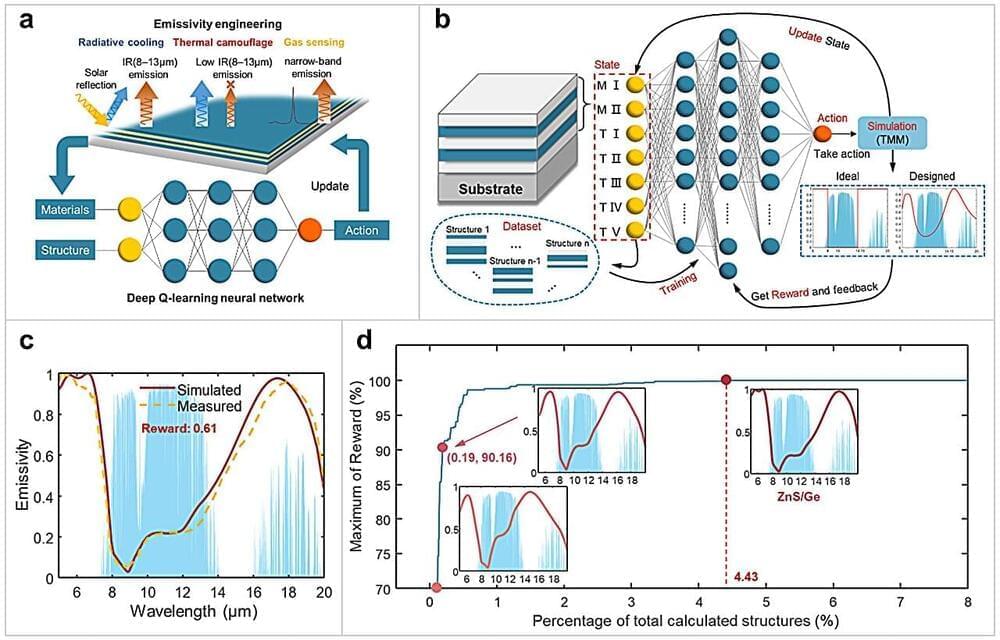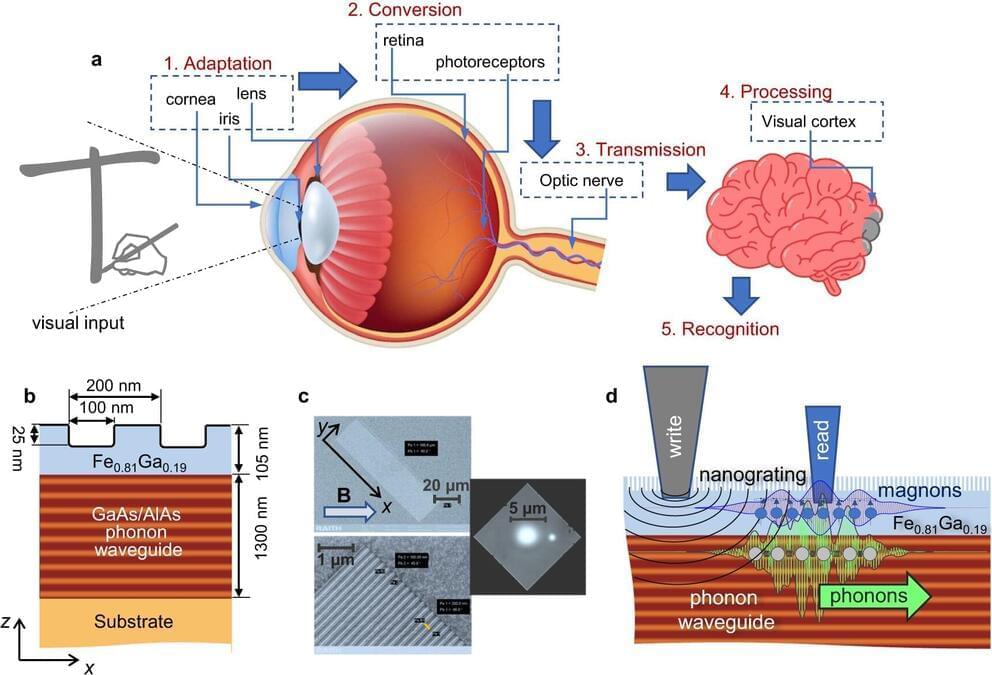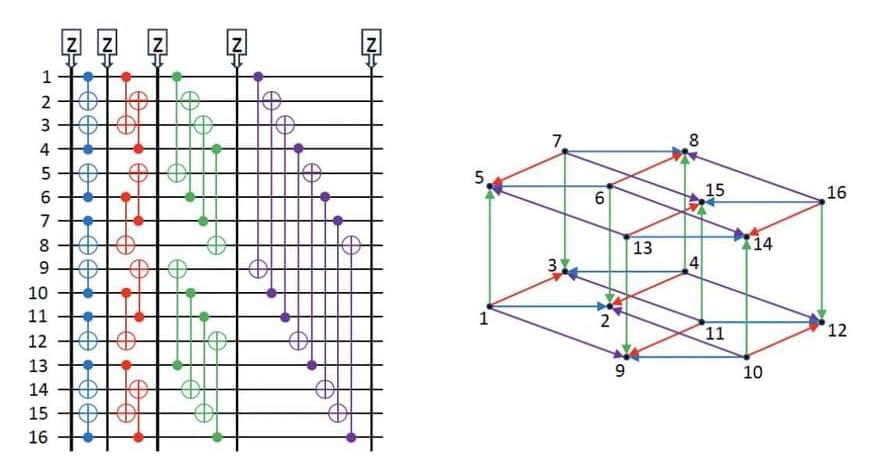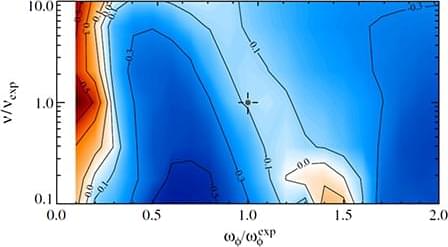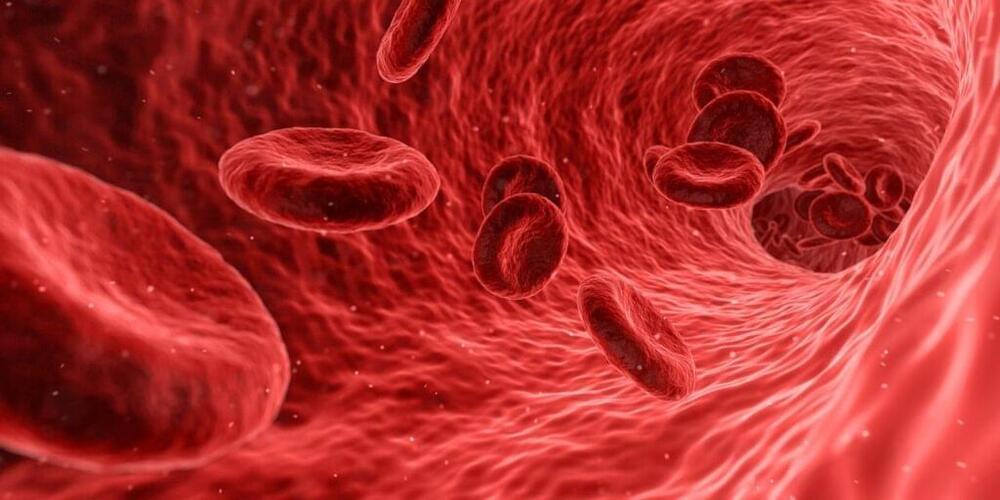
In the dynamic and fast-paced world of private equity, AI integration is not just a passing trend; it’s a transformative force reshaping the landscape of the industry. As firms navigate the complexities of investments, market analysis, and financial predictions, AI emerges as a beacon of efficiency, insight, and innovation.
Currently, AI’s integration in private equity is impressive but not expansive. Most firms primarily focused on data analysis, deal sourcing, and risk assessment. Firms like KKR & Co. and Blackstone pioneered this industry revolution, leveraging AI to analyze market trends, evaluate potential investments, and enhance decision-making processes. For instance, consider how AI algorithms process vast amounts of data to identify promising investment opportunities. By sifting through global financial reports, news, and company data, AI provides a deeper understanding of risks and rewards, at level of volume and understanding that most human analysts would find overwhelming.
Additionally, private equity firms find AI-driven risk assessment models indispensable. These models predict market fluctuations, assess potential investment hazards, and offer a more nuanced understanding of various sectors. This predictive power allows firms to make more informed decisions, balancing risks with potential returns more effectively.



